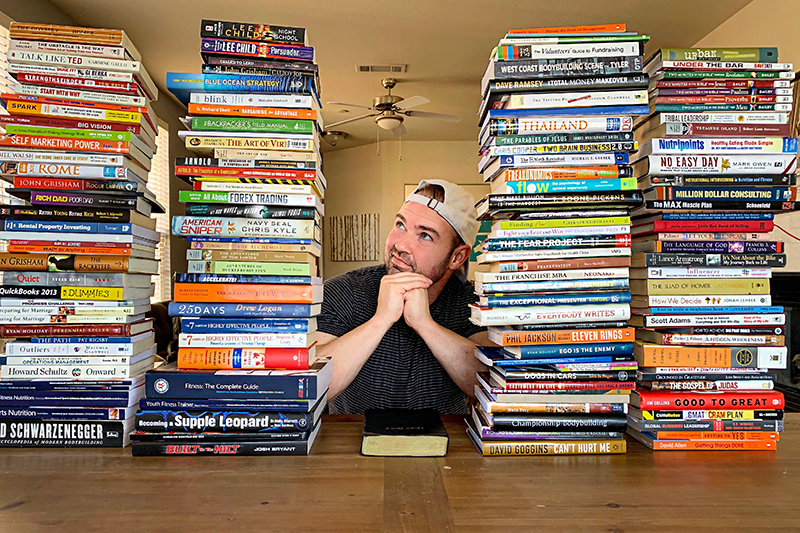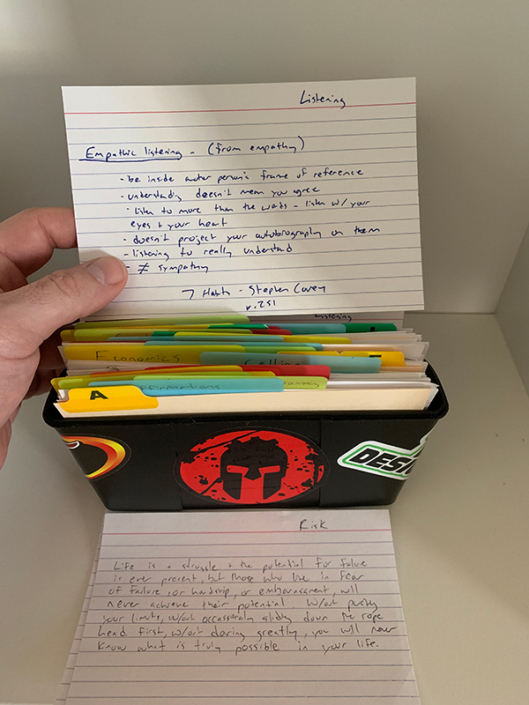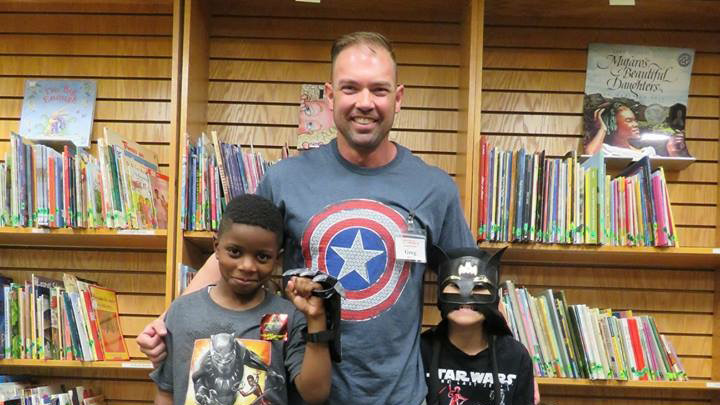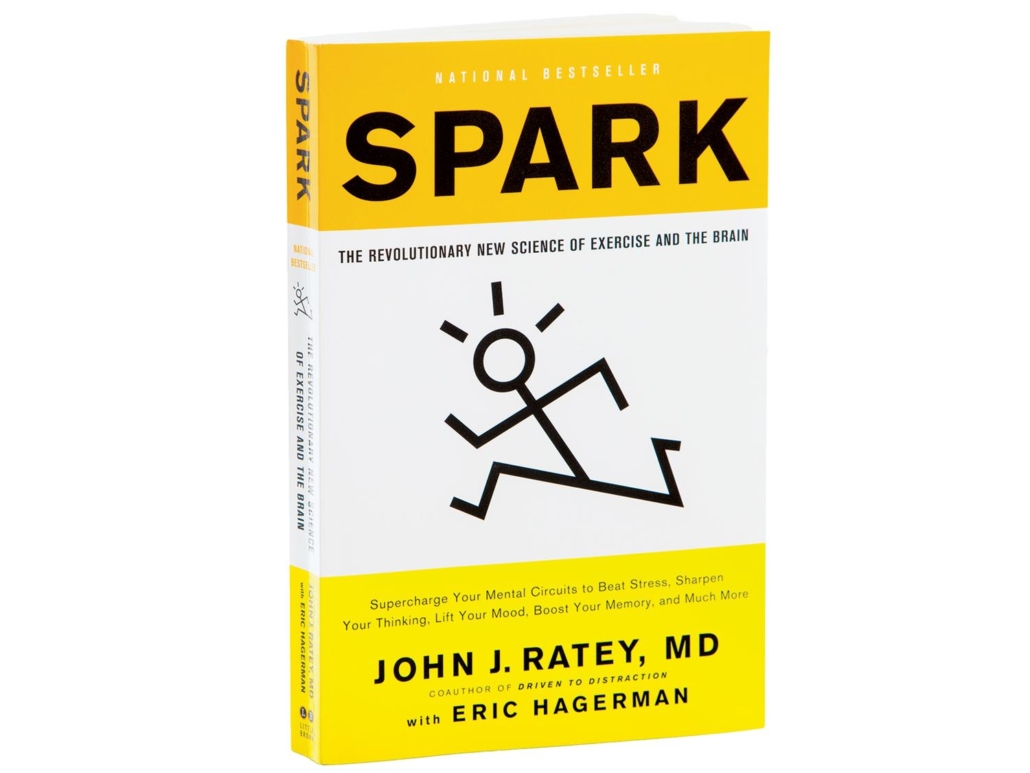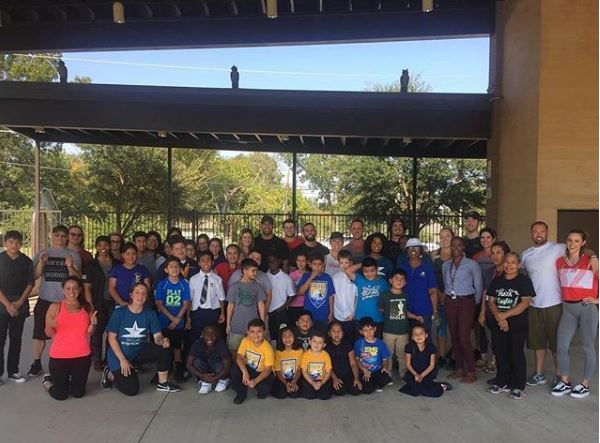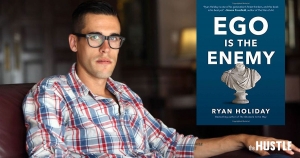Perennial Seller
By Ryan Holiday
Published 2017
Why I write book reviews, outlines, and reflections (link to bottom of page)
It’s no secret I’m a fan of Ryan’s work. I pre-ordered my copy of Perennial Seller while reading Ego is the Enemy, and couldn’t wait for this book to drop. Not only do I relate to Ryan a lot, as we are the same age, both have been Marketing Director for apparel brands (American Apparel is slightly larger ship to steer than the brands I’ve been a part of building, GASP and Better Bodies), and I relate a lot to his perspective on things. I also enjoy his writing style, which is powerful points supported by TONS of interesting stories and real historical accounts that support his arguments. The pages turn quickly and the information is awesome. I’ve taken the same strategy to all his books – read it once fast, because I really can’t help it. Then circle back with a highlighter and pull out the points I want to be sure to hold onto.
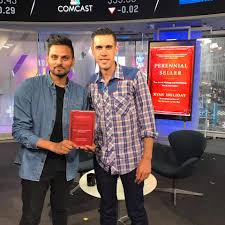
Perennial Seller is divided into 4 major parts: The Creative Process, Positioning, Marketing, and Platform. The premise of the book is set up in the introduction: There have been creators over the years that have been able to produce works that are timeless, even if slow out of the gate, have had success that left a legacy and remained relevant for years and years. Ryan tells us that he believes that this is not a mistake but by studying works that transcend their immediate impact that a formula for timeless success can be uncovered.
Key Questions the rest of the book serves to answer:
- Is there a common creative mindset behind work that lasts?
- How is it different from work that’s popular one day, gone the next?
- How do such creators think about vocabulary used to package their work?
- What kind of relationship do they have with their fans and followers?
- Is there a pattern to Perennial Sellers that we can learn from?
Key Takeout’s the book will deliver
- How to make something that can stand the test of time
- How to perfect, position, and package that idea into a compelling offering that stands the test of time
- How to develop marketing channels that stand the test of time
- How to capture an audience and build a platform that stands the test of time
Part 1: The Creative Process
Ryan starts the book with the creative process because it’s imperative to the creation of the Perennial Seller. You cannot simply produce something and make it great through promotion and sales. The Creative Process must be done carefully and thoroughly for the idea or the product to ever make it the full way. The work must be great. This is not a process that can be outsourced. You must take full responsibility for the creation of your idea, you must also have a purpose for your creation that’s far beyond skin-deep goals like profit or notoriety, and you must be patient to give it the time to develop into greatness. Drafts are crap, and can only be great through long periods of testing and refinement. You must constantly question your work – and it cannot be done in isolation, test it over dinner conversations, articles, polls. The most important question you must ask is – Who is this for? You must think outside your own walls, and not create a product that YOU will enjoy but that your targeted audience will benefit from. Don’t be afraid to be bold. If you’re not, then chances are you’re just tweaking something that’s existing and people won’t care – you should provoke a reaction. It takes time and sacrifice to make something timeless.
Part 2: Positioning
The next step in Ryan’s blue print for creating something timeless is the important process of positioning, packaging and knowing your pitch. “Positioning is what your project is and who it is for.” “Packaging is what it looks like and what it’s called.” And “The Pitch is the sell – how the project is described and what it offers to the audience.” This process requires you to take careful look at what you have created and clearly define who this is for. You should have an intimate knowledge of who the first adopters and customers will be, and be able to clearly define the target audience. You will need to work your ass off to reach the people in your target group, but success is only possible if you have defined that target. Once you have taken a critical look, even tested material with your core audience, it’s time to package the project. Ryan uses a great analogy of a movie that spends hundreds of hours in filming, editing, reshooting, but approves it’s art work on one person’s desk in an afternoon. “A great product in a great package is what creates an explosive reaction.” Pitching your timeless product requires two things: that you have a meaningful reason for existence and that you can communicate what it gives to it users with crystal clarity.
Part 3: Marketing
Marketing is defined in this book, and the author’s previous book “Growth Hacker Marketing” as any that gets or keeps customers. Which is a pretty broad definition. As the creator, and positioner of your timeless work marketing requires a humble approach that ultimately leads to the most important marketing of all: word of mouth. All efforts should lead to increased word of mouth. Though many examples used through this book are about products that were not popular at release, but have stood the test of time, the launch of a perennial seller is still very important and will put speed into the entire process. Ryan suggests an important, but simple, step of simply taking inventory of everything you have access to: relationships, media contacts, research from previous projects, favors, advertising budget, allies and more and using this list. This section actually contains quite a few detailed strategies including: product placement, influencer marketing, media coverage, paid media, press, newsjacking, and pricing.
Part 4: Platform
I particularly enjoyed this section of the book because I think it’s so important, and it’s been important in recent history but it’s only going to get more important as we move into the future. Ryan definition of platform is: the combination of the tools, relationships, access, and audience that you have to bear on spreading your creative work – not just once, but over the course of a career. This is a long-term strategy that’s value grows with compounding interest. I’ve written a few articles about the future for influencers who have grown their followings on other people’s platforms (Instagram, facebook, etc. ) and Ryan’s advice in this chapter about building your email list is right in line with my thoughts. Email may be replaced one day but it’s a long ways off, so for now email is the most stable and direct way to communicate with your community with little to no risk of algorithms or fees standing between you and your followers. Another long term strategy presented in this chapter is about your body of work, and how you should work in a way that builds forward and backward support of your work. Meaning, your old products will help launch your new products, and your new products will find new hands and help sell your old products. The section ends with a very compelling list of reasons to building your platform and wasting no time doing it. Without a platform you will always be at the mercy of other people’s interests and permissions. To remain creative, and free your projects must remain diverse and fuel you with energy – waiting on other people’s interests and permissions will kill that creative spirit by limiting you and trapping you.
Conclusion
The book ends with some words about a key ingredient: luck. Much of what we are in control of will determine our fate, but there will always be external factors at work. I think the best story included to sum this up is Ryan’s example of a metaphor by Bill Walsh, the legendary NFL coach. Bill suggested that a championship team is not in his control. Too many external factors come into play to make a super bowl run. But if you maximize all of your controlled variables, and set up a near permanent base camp near the summit you maximize your chance of success when those external factors line up for you. If you are not in position when the external factors line up, you greatly reduce your odds and become far more dependent on lots of luck.
Why I write book reviews, outlines, and reflections:
I love to learn, and for me reading is one of my favorites ways to learn. In my quest for learning through reading I did some research on retaining the knowledge I am taking in to make sure it’s not “going in one ear and out the other” as we like to say. One of my methods of retention is taking notes, writing outlines to study, and recording my reflections and reviews of the information. I used to take a lot of physical notes, but seeing my book shelf full of books with folder papers sticking out the top is not only unattractive but also not a very scalable way to store information. Now I’ve started transferring over my handwritten notes and highlighter filled books into digital format, and just in case anyone wants a quick read of any of the books I’ve read, or curious about someone else’s insight on a book they’ve read I decided to start publishing these notes.
Latest Article I wrote about reading: http://gregmccoy.net/reading/
Great Article about reading retention: https://open.buffer.com/how-to-read-more-and-remember-it-all/
 More than ten years later, I finally completed that goal of reading 100 books. It’s funny; when I talk about this goal to people, I usually get one of two reactions. The avid reader replies, “100 books…what, in a year?” and the non-reader replies, “Holy crap; who has time for that?” It took me a long time to complete this. In those more than ten years since Dr. Urich’s class, there were years where I read a lot of books and there were years where I maybe only read a couple. The past three years have been pretty consistent. I wake up earlier than I need to, have some coffee, and try to read for at least 30 minutes. I don’t force it – if I don’t feel like reading, I don’t. But most mornings, I look forward to it. Some mornings when I have more time, I’ll read for more than an hour. I like to think of books as my mental diet. If I put the right things in, then I get outward results. When I read about business, my business improves. When I read about personal finance, my bank account grows. When I read about bodybuilding, my muscles grow. When I read fiction, my imagination grows. No matter what I read, I feel like my perspective expands, my vocabulary improves, and I just think better.
More than ten years later, I finally completed that goal of reading 100 books. It’s funny; when I talk about this goal to people, I usually get one of two reactions. The avid reader replies, “100 books…what, in a year?” and the non-reader replies, “Holy crap; who has time for that?” It took me a long time to complete this. In those more than ten years since Dr. Urich’s class, there were years where I read a lot of books and there were years where I maybe only read a couple. The past three years have been pretty consistent. I wake up earlier than I need to, have some coffee, and try to read for at least 30 minutes. I don’t force it – if I don’t feel like reading, I don’t. But most mornings, I look forward to it. Some mornings when I have more time, I’ll read for more than an hour. I like to think of books as my mental diet. If I put the right things in, then I get outward results. When I read about business, my business improves. When I read about personal finance, my bank account grows. When I read about bodybuilding, my muscles grow. When I read fiction, my imagination grows. No matter what I read, I feel like my perspective expands, my vocabulary improves, and I just think better.